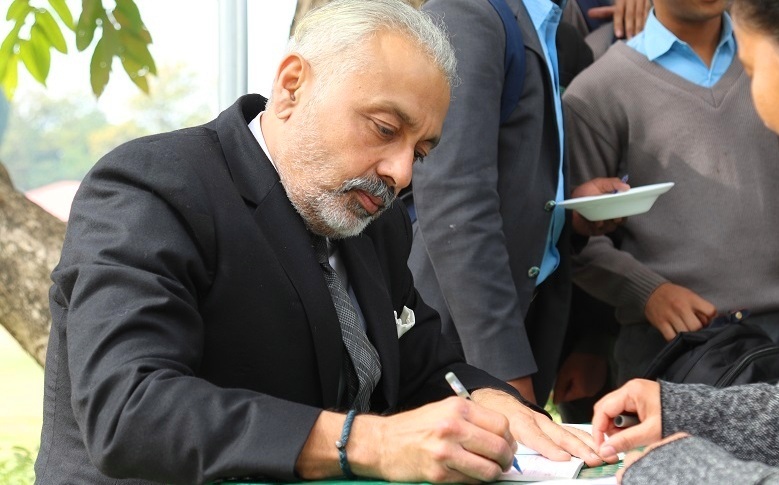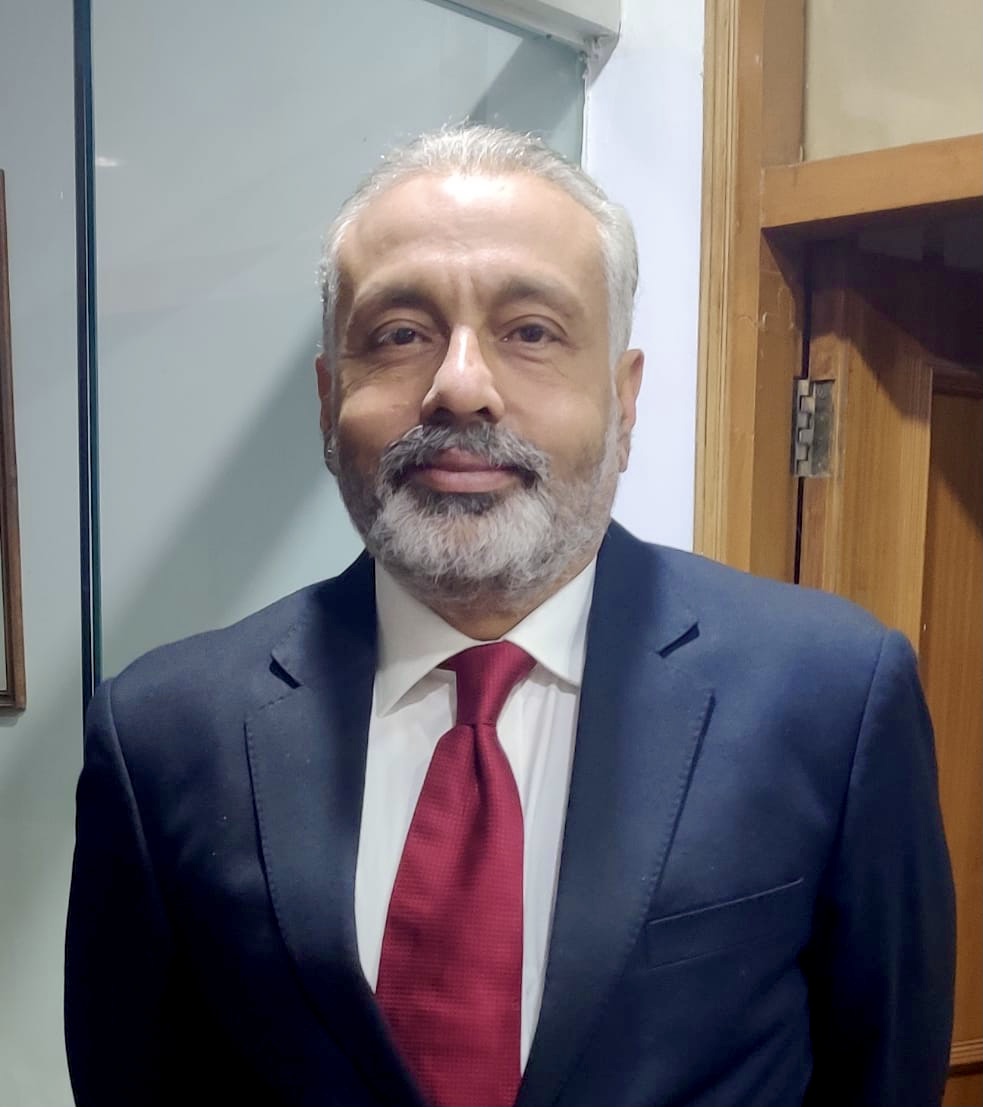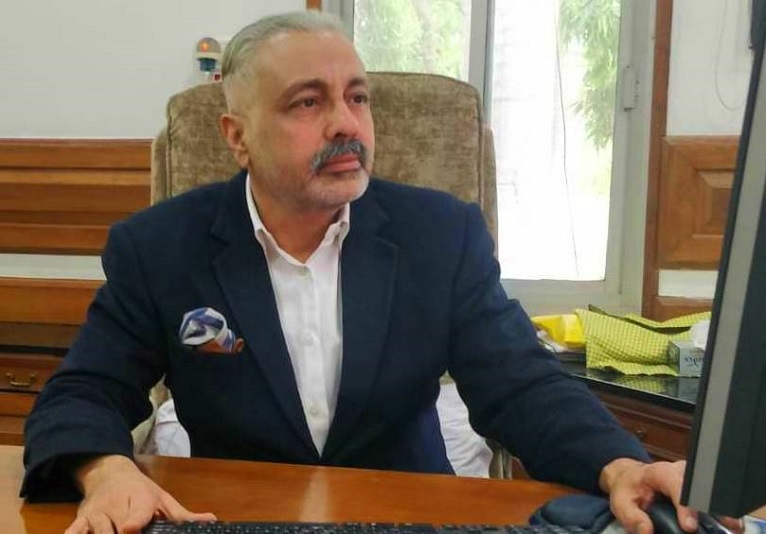Social media for Education - Anoop Singh Bishnoi

Social media has transformed the way we connect and communicate with one another both in our personal and professional lives. Teachers and administrators have recognized the value of social media in education. The best teachers are now embracing social media’s role in the classroom. If you ask what impact does social media have on education? The most significant advantage is engagement. “Many of us did not have to learn how to use social media safely and effectively as children. However, it is a reality for today’s children. The power they now wield did not previously exist. And that comes with awesome responsibilities as well as awesome consequences, which is why they need to be taught the ins and outs of the internet world.” Says Anoop Singh Bishnoi . Furthermore, the majority of social networking sites and resources are free! This is especially useful if you are a teacher with a limited budget for materials. It's not just beneficial to students. Social media can aid in the dev...


















